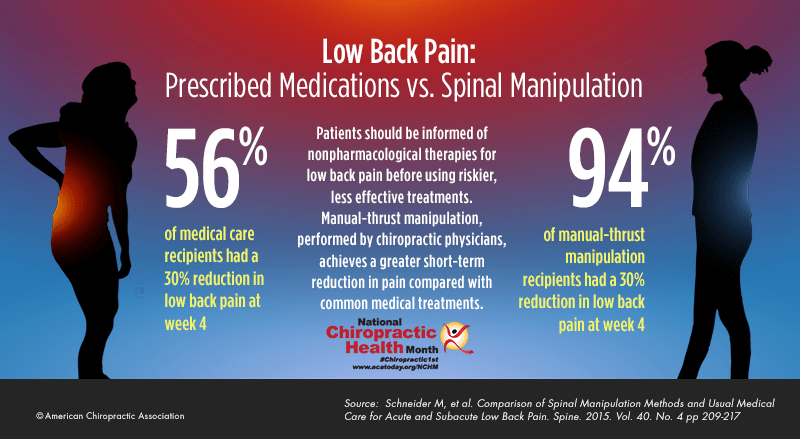Interprofessional Collaboration in Research, Education, and Clinical Practice: Working Together for a Better Future
Journal of Chiropractic Education 2015 (Mar); 29 (1): 1–10 ~ FULL TEXT
Bart N. Green, DC, MSEd and
Claire D. Johnson, DC, MSEd
Department of Physical and Occupational Therapy,
Chiropractic Services, and Sports Medicine
at the Naval Medical Center San Diego
Interprofessional collaboration occurs when 2 or more professions work together to achieve common goals and is often used as a means for solving a variety of problems and complex issues. The benefits of collaboration allow participants to achieve together more than they can individually, serve larger groups of people, and grow on individual and organizational levels. This editorial provides an overview of interprofessional collaboration in the areas of clinical practice, education, and research; discusses barriers to collaboration; and suggests potential means to overcome them.
There are more articles like this @ our:
KEYWORDS: Collaboration; Relations, Interprofessional; Role, Professional; Trust
From the Full-Text Article:
INTRODUCTION
| Individual commitment to a group effort—that is what makes a team work, a company work, a society work, a civilization work. —Vince Lombardi |
Collaboration is a term commonly used in research, clinical practice, and health professions education. There are collaborations in almost every aspect of health, such as patient advocacy and health care collaboratives, collaborative learning, interprofessional collaboration in practice and in education, health care value collaborations, business collaborations, collaborative efforts in research and funding. With the increasing use of computers, mobile devices, and social media, collaboration seems to be present more than ever before. At its core, collaboration occurs when 2 or more entities work together to produce a desired and shared outcome. The fields of research, education, and clinical practice are interrelated; research informs education, which in turn influences clinical practice and patient care. In a complementary manner, the needs of practitioners, patients, and educational systems should inform what research may be needed. If we wish to succeed in improving outcomes for students, practitioners, patients, and populations, then we need to consider working together in these environments through collaborations. Therefore, the purpose of this editorial is to discuss interprofessional collaboration in research, education, and practice, particularly with regard to problems to avoid and practices that help to achieve collaboration.
What Is Collaboration?
SOURCE: Read the rest of this Full Text article now!





Leave A Comment